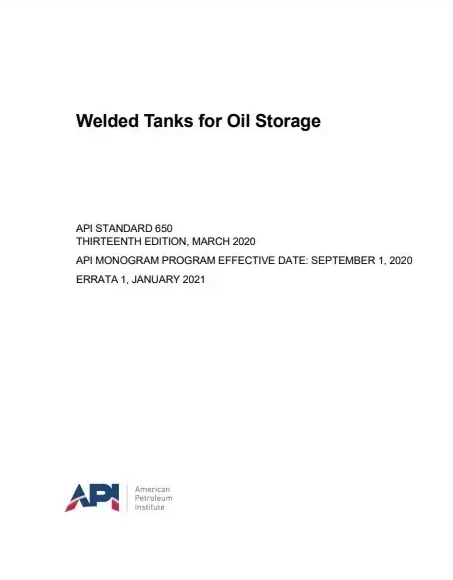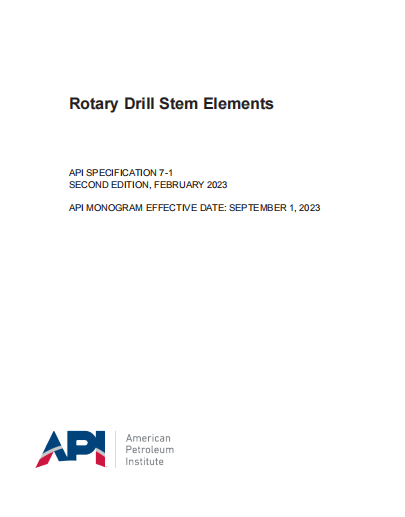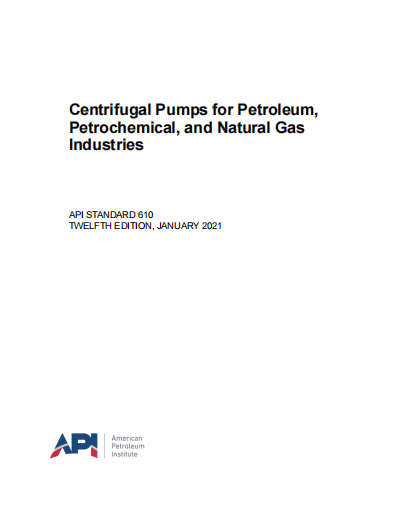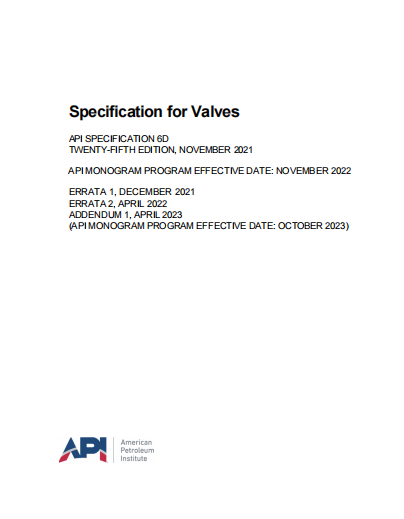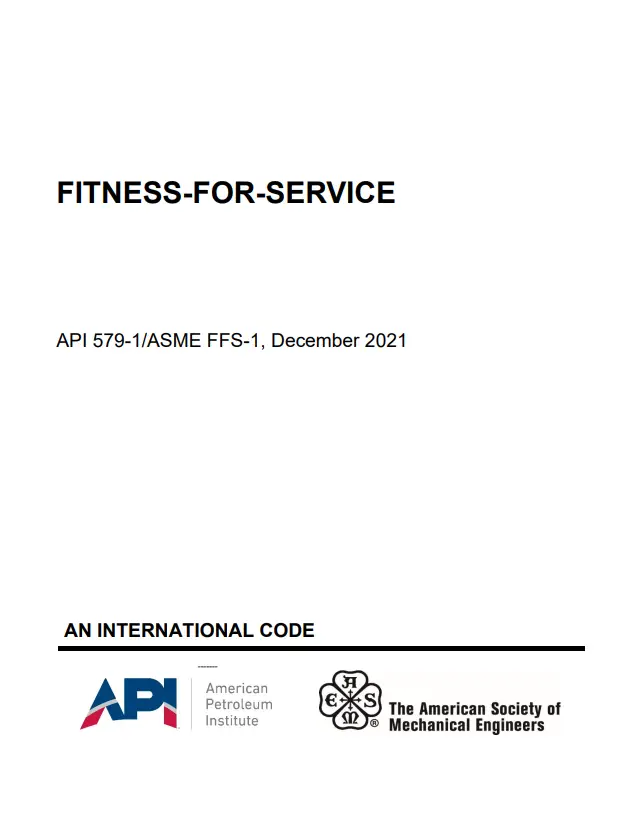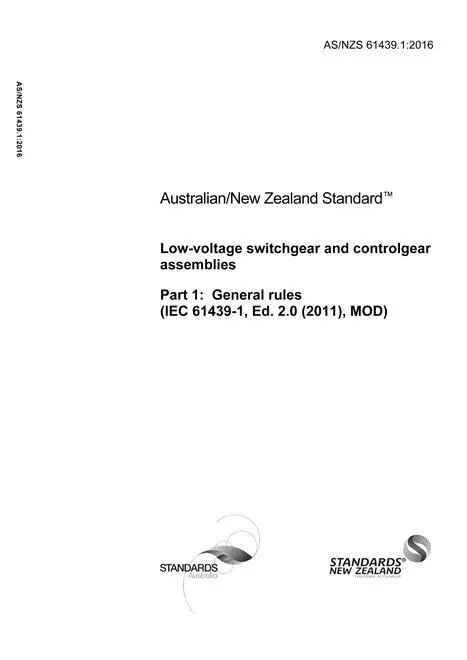API STD 650, 13th Edition – Welded Tanks for Oil Storage
API 650 establishes minimum requirements for material, design, fabrication, erection, and inspection for vertical, cylindrical, aboveground, closed- and open-top, welded storage tanks in various sizes and capacities for internal pressures approximating atmospheric pressure (internal pressures not exceeding the weight of the roof plates), but a higher internal pressure is permitted when additional requirements are met (see 1.1.13). This standard applies only to tanks whose entire bottom is uniformly supported and to tanks in non-refrigerated service that have a maximum design temperature of 93 °C (200 °F) or less (see 1.1.20).
API 650 provides industry with tanks of adequate safety and reasonable economy for use in the storage of petroleum, petroleum products, and other liquid products. This standard does not present or establish a fixed series of allowable tank sizes; instead, it is intended to permit the Purchaser to select whatever size tank may best meet his or her needs. This standard is intended to help Purchasers and Manufacturers in ordering, fabricating, and erecting tanks; it is not intended to prohibit Purchasers and Manufacturers from purchasing or fabricating tanks that meet specifications other than those contained in this standard.
NOTE A bullet (•) at the beginning of a paragraph indicates that there is an expressed decision or action required of the Purchaser. The Purchaser’s responsibility is not limited to these decisions or actions alone. When such decisions and actions are taken, they are to be specified in documents such as requisitions, change orders, data sheets, and drawings.
This standard has requirements given in two alternate systems of units. The Manufacturer shall comply with either:
1) all of the requirements given in this standard in SI units; or
2) all of the requirements given in this standard in US Customary units.
The selection of which set of requirements (SI or US Customary) to apply shall be a matter of mutual agreement between the Manufacturer and Purchaser and indicated on the Data Sheet, Page 1.
All tanks and appurtenances shall comply with the Data Sheet and all attachments.
Field-erected tanks shall be furnished completely erected, inspected, and ready for service connections, unless specified otherwise. Shop-fabricated tanks shall be furnished inspected and ready for installation.
The annexes of this standard provide a number of design options requiring decisions by the Purchaser, standard requirements, recommendations, and information that supplements the basic standard. Except for Annex L, an Annex becomes a requirement only when the Purchaser specifies an option covered by that Annex or specifies the entire Annex. The designation “Normative” shall be understood to mean mandatory. The designation “informative” shall be understood to mean non-mandatory (i.e. informational data, recommendations, suggestions, commentary, samples, and examples).
The contents of the annexes to this standard are either “normative” or “informative.”
“Normative” is further divided into the following.
— Always required (L).
— Required if specified by the Purchaser (A, E, J, Y, U, W).
— Required if special materials are specified by the Purchaser (AL, N, S, SC, X).
— Required if pressure, vacuum, and high temperature are specified by the Purchaser (F, V, M).
— Required if special components or methods of design or construction are specified by the Purchaser (C, G, H, I, O, P).
All other annexes are “informative” (B, D, EC, K, R, T).
Table 1.1 deleted
Annex A provides alternative simplified design requirements for tanks where the stressed components, such as shell plates and reinforcing plates, are limited to a maximum nominal thickness of 12.5 mm (1/2 in.), including any corrosion allowance, and whose design metal temperature exceeds the minimums stated in the Annex.
Annex AL provides requirements for aluminum tanks.
Annex B provides recommendations for the design and construction of foundations for flat-bottom oil storage tanks.
Annex C provides minimum requirements for pontoon-type and double-deck-type external floating roofs.
Annex D provides requirements for submission of technical inquiries regarding this standard.
Annex E provides minimum requirements for tanks subject to seismic loading. An alternative or supplemental design may be mutually agreed upon by the Manufacturer and the Purchaser.
Annex F provides requirements for the design of tanks subject to a small internal pressure.
Annex G provides requirements for aluminum dome roofs.
Annex H provides minimum requirements that apply to an internal floating roof in a tank with a fixed roof at the top of the tank shell.
Annex I provides acceptable construction details that may be specified by the Purchaser for design and construction of tank and foundation systems that provide leak detection and subgrade protection in the event of tank bottom leakage, and provides for tanks supported by grillage.
Annex J provides requirements covering the complete shop assembly of tanks that do not exceed 6 m (20 ft) in diameter.
Annex K provides a sample application of the variable-design-point method to determine shell-plate thicknesses.
Annex L provides the Data Sheet and the Data Sheet instructions for listing required information to be used by the Purchaser and the Manufacturer. The use of the Data Sheet is mandatory, unless waived by the Purchaser.
Annex M provides requirements for tanks with a maximum design temperature exceeding 93 °C (200 °F), but not exceeding 260 °C (500 °F).
Annex N provides requirements for the use of new or unused plate and pipe materials that are not completely identified as complying with any listed specification for use in accordance with this standard.
Annex O provides requirements and recommendations for the design and construction of under-bottom connections for storage tanks.
Annex P provides requirements for design of shell openings that conform to Table 5.6a and Table 5.6b that are subject to external piping loads. An alternative or supplemental design may be agreed upon by the Purchaser or Manufacturer.
Annex R provides references to various industry documents and publications that provide additional guidance for both specific design and material selection considerations to reduce or prevent accelerated corrosion mechanisms from damaging a tank in non-petroleum product service.
Annex S provides requirements for stainless steel tanks.
Annex SC provides requirements for mixed material tanks using stainless steel (including austenitic and duplex) and carbon steel in the same tank for shell rings, bottom plates, roof structure, and other parts of a tank requiring high corrosion resistance.
Annex T summarizes the requirements for examination by method of examination and the reference sections within the standard. The acceptance standards, inspector qualifications, and procedure requirements are also provided. This Annex is not intended to be used alone to determine the examination requirements within this standard. The specific requirements listed within each applicable section shall be followed in all cases.
Annex U provides requirements covering the substitution of ultrasonic examination in lieu of radiographic examination.
Annex V provides additional requirements for tanks that are designed for external pressure (vacuum) loading greater than 0.25 kPa (1 in. water).
Annex W provides recommendations covering commercial and documentation issues. Alternative or supplemental requirements may be mutually agreed upon by the Manufacturer and the Purchaser.
Annex X provides requirements for duplex stainless steel tanks.
Annex Y provides requirements for API Licensees wishing to mark their products with the API Monogram.
Limitations
The rules of this standard are not applicable beyond the following limits of piping connected internally or externally to the roof, shell, or bottom of tanks constructed according to this standard:
a) The face of the first flange in bolted flanged connections, unless covers or blinds are provided as permitted in this standard.
b) The first sealing surface for proprietary connections or fittings.
c) The first threaded joint on the pipe in a threaded connection to the tank shell.
d) The first circumferential joint in welding-end pipe connections if not welded to a flange.
Responsibilities
The Manufacturer is responsible for complying with all provisions of this standard. Inspection by the Purchaser’s inspector does not negate the Manufacturer’s obligation to provide quality control and inspection necessary to ensure such compliance. The Manufacturer shall also communicate specified requirements to relevant subcontractors or suppliers working at the request of the Manufacturer.
The Purchaser shall specify on the Data Sheet, Line 23, the applicable jurisdictional regulations and owner requirements that may affect the design and construction of the tank and those that are intended to limit the evaporation or release of liquid contents from the tank. Which regulations/requirements, if any, apply depend on many factors such as the business unit the tank is assigned to, the vapor pressure of the liquids stored in the tank, the components of the liquid stored in the tank, the geographic location of the tank, the date of construction of the tank, the capacity of the tank, and other considerations. These rules may affect questions such as 1) which tanks require floating roofs and the nature of their construction; 2) the types and details of seals used in the floating roof annular rim space and at openings in the roof, 3) details of tank vents, and 4) requirements regarding release prevention barriers.
The Purchaser shall provide any jurisdictional site permits that may be required to erect the tank(s), including permits for disposal of the hydro-test water. The Manufacturer shall provide all other permits that may be required to complete or transport the tank.
The Purchaser retains the right to provide personnel to observe all shop and job site work within the scope of the contracted work (including testing and inspection). Such individuals shall be afforded full and free access for these purposes, subject to safety and schedule constraints.
In this standard, language indicating that the Purchaser accepts, agrees, reviews, or approves a Manufacturer’s design, work process, manufacturing action, etc., shall not limit or relieve the Manufacturer’s responsibility to conform to specified design codes, project specifications and drawings, and professional workmanship.
The Manufacturer shall advise the Purchaser of any identified conflicts between this standard and any Purchaser-referenced document and request clarification.
In this standard, language indicating that any particular issue is subject to agreement between the Purchaser and the Manufacturer shall be interpreted to require any such agreement to be documented in writing.
Documentation Requirements
See Annex W and the Data Sheet for the requirements covering the various documents to be developed for the tank.
Formulas
Where units are not defined in formulas in this standard, use consistent units (for example, in., in.2, in.3, lbf/in.2).
General Product Information:
| Revision | 13th Edition |
| Document Type | |
| Pages | 515 |
| Document Language | English |
| Publisher | American Petroleum Institute (API) |
| Status | Current |

